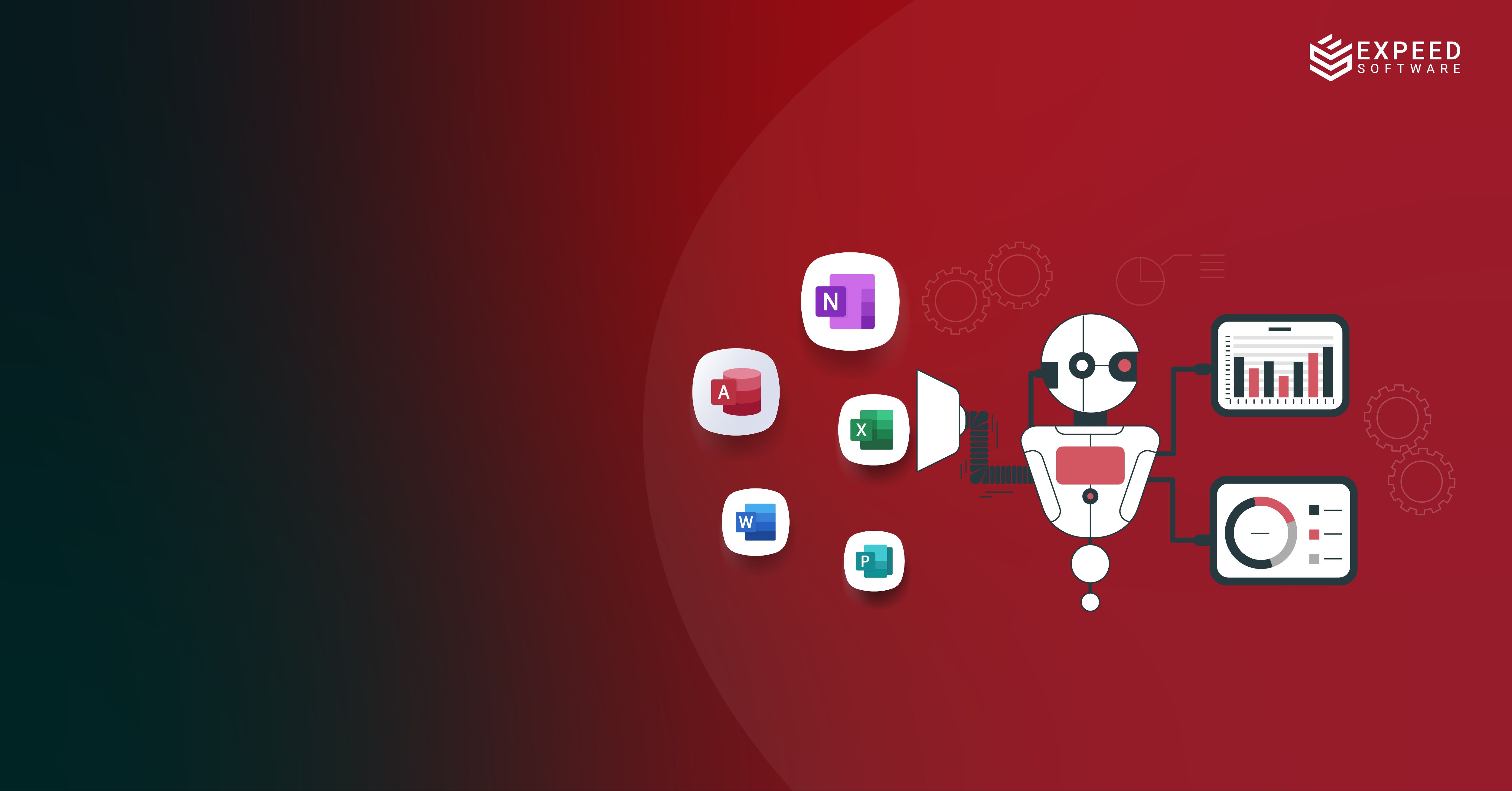If you are a software developer, chances are you have encountered the term “API gateway” at some point. But what exactly is an API gateway, and why should software development companies care? In this article, we will dive into what an API gateway is and its role in contemporary application architecture.
What is an API Gateway?
An API gateway is a critical component of any application architecture that provides security and performance benefits. It acts as a middle layer between the client and the web services to manage requests and responses. It can be considered a single entry point to your entire back-end infrastructure. The figure below illustrates Amazon’s API Gateway architecture.

(Image source: amazon.com)
How Does it Work?
An API gateway follows a simple pattern: when there is an incoming request from the client, it passes that request to one or more services according to certain criteria (like service availability). Then, when each service returns its response, the gateway passes it back to the client with the necessary modifications. To improve reliability, data integrity, and performance, various non-functional capabilities such as request throttling, circuit breaking, and caching may be implemented within the gateway layer.
Pattern
Leveraging a proxy pattern, an API gateway takes in requests and sends them to the application service it is designed to expose. This setup is typically deployed in customers’ DMs. The endpoint of the API remains visible from outside networks while keeping applications secure within the customer’s internal network.
Nonfunctional Capabilities
Nonfunctional capabilities refer to operations that do not directly involve business logic but are still required for an application to run smoothly. These include request throttling, circuit breaking, and caching.
Policy Enforcement and How API Gateways Enforce Policies
One of the major functions of an API gateway is policy enforcement. An administrator can set up policies in a centralized place that controls what type of traffic can be routed through the gateway and access levels for different users or clients. This ensures that user access rights are enforced uniformly across all microservices in the application architecture –– regardless of how many microservices exist within it.
API Gateway Functions
Aside from policy enforcement, here are some other essential features of an API Gateway that software development companies must be aware of:
- Acting as a facade for underlying services by masking internal details.
- Performing request routing tasks such as directing requests from one specific URL endpoint to different backend services.
- Addressing cross-cutting concerns, including logging, authentication, and service orchestration.
- Protocol translation. Some services may use non-internet-friendly protocols such as AMQP, and custom TCP/IP protocol. In such scenarios, API Gateway can communicate with clients using HTTPS and communicate with the service using the protocol it uses.
- API Gateway can also be used to load balance across different instances of services and implement policies to retry and act as a circuit breaker
API Gateway Use Cases
Here are some popular use cases for implementing an API Gateway:
- In a microservices-based system where individual components need to communicate with each other via dedicated APIs.
- For serverless development where multiple cloud functions must interact with one another safely and reliably.
- As an entry point into your API monetization strategy by allowing customers on different pricing plans access various levels of capability.
API Gateway Products and Tools
There are many different products and tools available for implementing an API gateway. Popular options include:
- Amazon API Gateway
- Azure API Management
- Google Cloud Endpoints
- Kong Enterprise
- Red Hat 3scale
- IBM DataPower Gateway
- NGINX Plus
Each of these solutions provides features such as request routing, authentication/authorization, rate limiting, caching, load balancing, failover capabilities, analytics, monitoring tools, and more.
In conclusion, an API gateway is a powerful tool that can help developers create robust applications with microservice architectures quickly and easily. For help setting up your API gateways, contact Expeed, one of the top software development companies in Ohio today.

Expeed Software is a global software company specializing in application development, data analytics, digital transformation services, and user experience solutions. As an organization, we have worked with some of the largest companies in the world, helping them build custom software products, automate processes, drive digital transformation, and become more data-driven enterprises. Our focus is on delivering products and solutions that enhance efficiency, reduce costs, and offer scalability.


